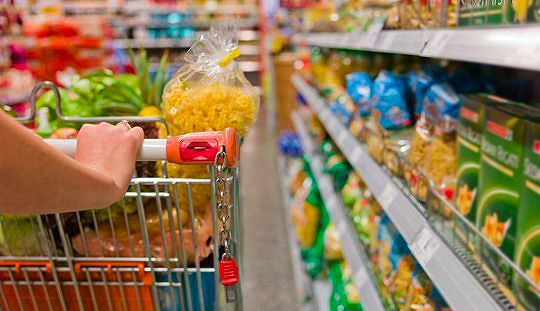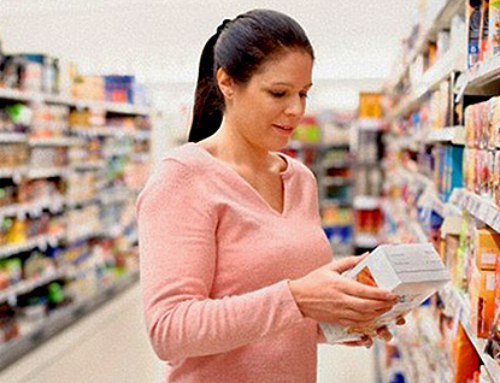Food and beverage marketers are always looking for strategic opportunities to grow their brands. One, sometimes overlooked, place to start is with product packaging. Following the food “packaging trail”, from design, to the retail environment, to consumers’ homes, and to product use, there are many touch points and opportunities for consumer interaction with brands and products.
Here are 9 strategic brand opportunities that start by following the food “packaging trail”:
1. Choose your packaging materials wisely. The choice of packaging materials is driven by more than what your food product needs functionally for protection and containment. Consideration should also be given to your brand positioning and your core consumers’ expectations.
2. Your shipping cartons can be brand messengers. From a practical perspective, cost savings and a positive message regarding sustainability can be achieved through effective use of shipping cartons. In terms of brand messaging, well designed shipping cartons may also double as in-store product displays.
3. Make your packaging easy to stock. Brand stakeholders are at the mercy of in-store staff to keep their food products on the shelves, properly faced, and within use by dates. Packaging configurations and materials can make the job easier and ensure that your products are always available to shoppers.
4. Packaging is your on-shelf advertising. Well designed packaging makes optimal use of the primary or facing display panel. Graphic layout, colors, visuals, messaging…all of these are part of brand building. At the shelf level, packaging offers a tremendous opportunity to differentiate food brands and product attributes, and is often the first opportunity many consumers have to “meet” your brand and product.
5. Create the touch factor with your packaging. Food product packaging that is interesting, with eye catching graphics and relevant information, is more likely to be picked up from the shelf and examined more closely. Functional considerations come into play such as ease of handling, legibility of product information, and packaging stability. Research has shown that once a consumer handles a packaged food product, there is an increased likelihood that the product will make it into the grocery cart.
6. Design your packaging for ease of use. A highly ranked, recurring complaint consumers have about food packaging relates to ease of use issues. The complaint list is headed by packaging opening and closing, closely followed by the ability to use/get all of the product out of the packaging, packaging that does not keep the product fresh for a reasonable time/use by date, packaging that does not fit well on typical pantry shelves or within refrigerators and freezers, and packaging that separates important information from remaining packaging/product once the packaging is initially opened.
7. Consider product protection in your packaging. Nothing frustrates consumers more than food packaging that does not adequately protect product integrity and results in food product waste. Packaging must be designed to provide appropriate barriers to preserve product nutrients, taste, and freshness. Two of the most common complaints consumers have regarding the protection aspects of packaging are stale food and freezer burn for frozen products.
8. Keep your brand alive in the home. Packaging that is designed to optimize convenient storage in the home and discourage transfer of food products to in-home storage containers, keeps brands alive and reminds consumers which brand to buy again. Food packaging that is designed with an outer wrapper or sleeve, should always include a label on the packaging that remains and is stored in-home.
9. Make a positive lasting impression. There is growing consumer concern and interest in sustainability and waste. The best lasting impression any brand can make through its packaging is using biodegradable or recyclable materials, that easily break down for trash collection. Consumers want brands to be good stewards of the environment.






